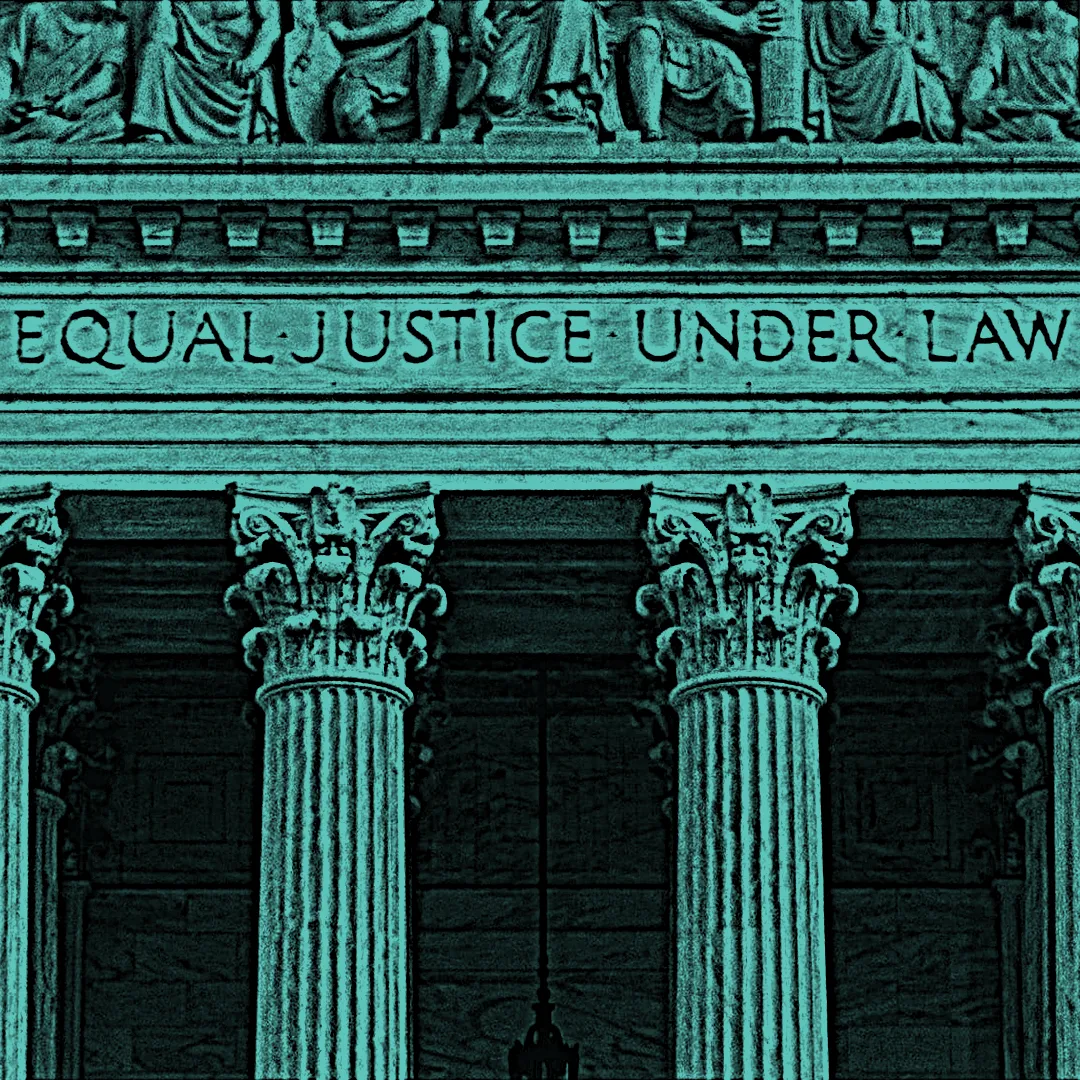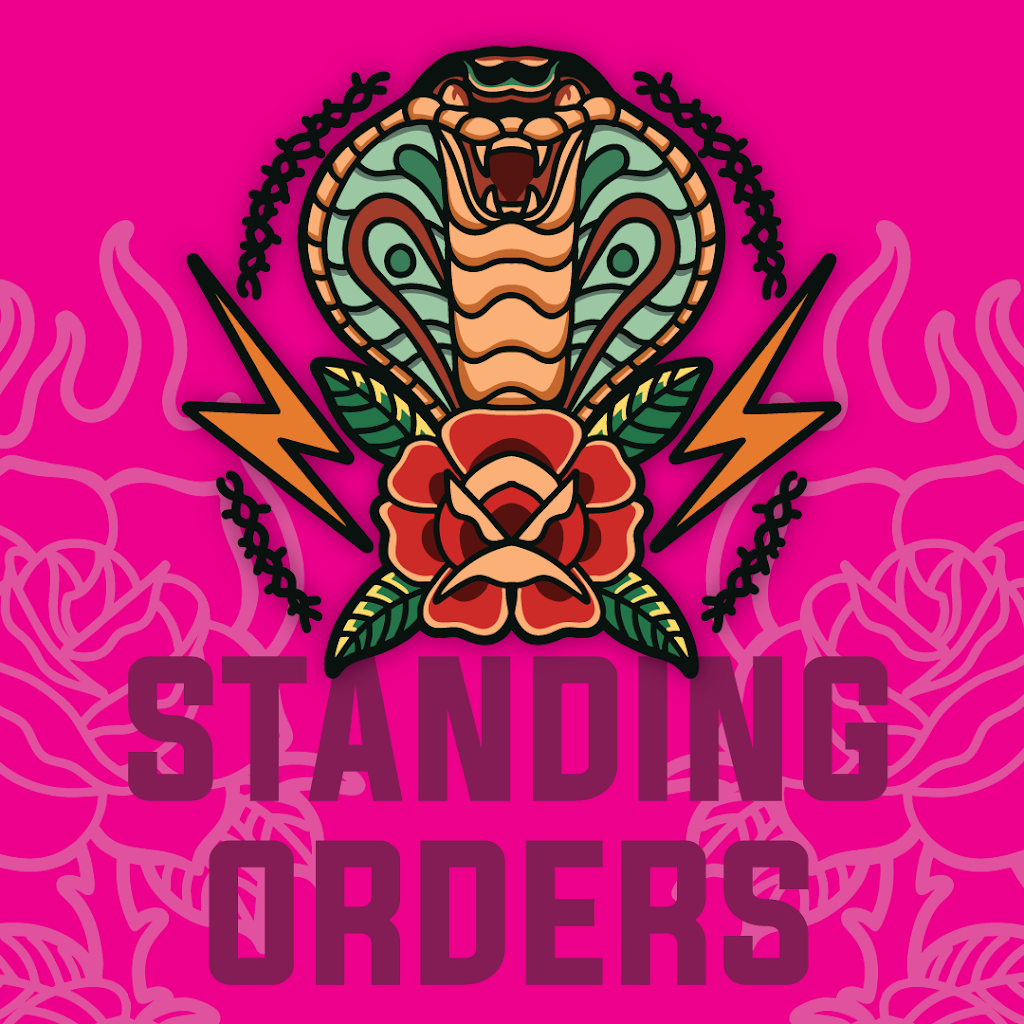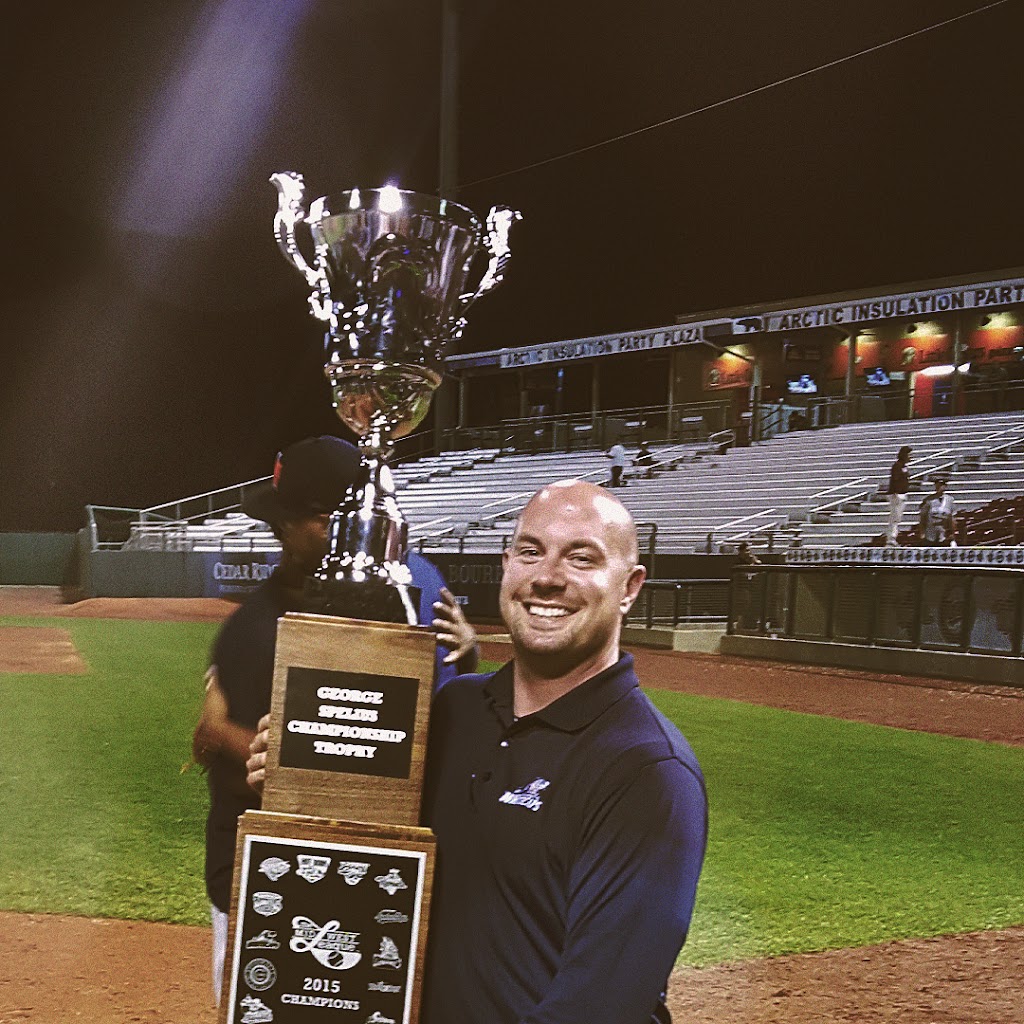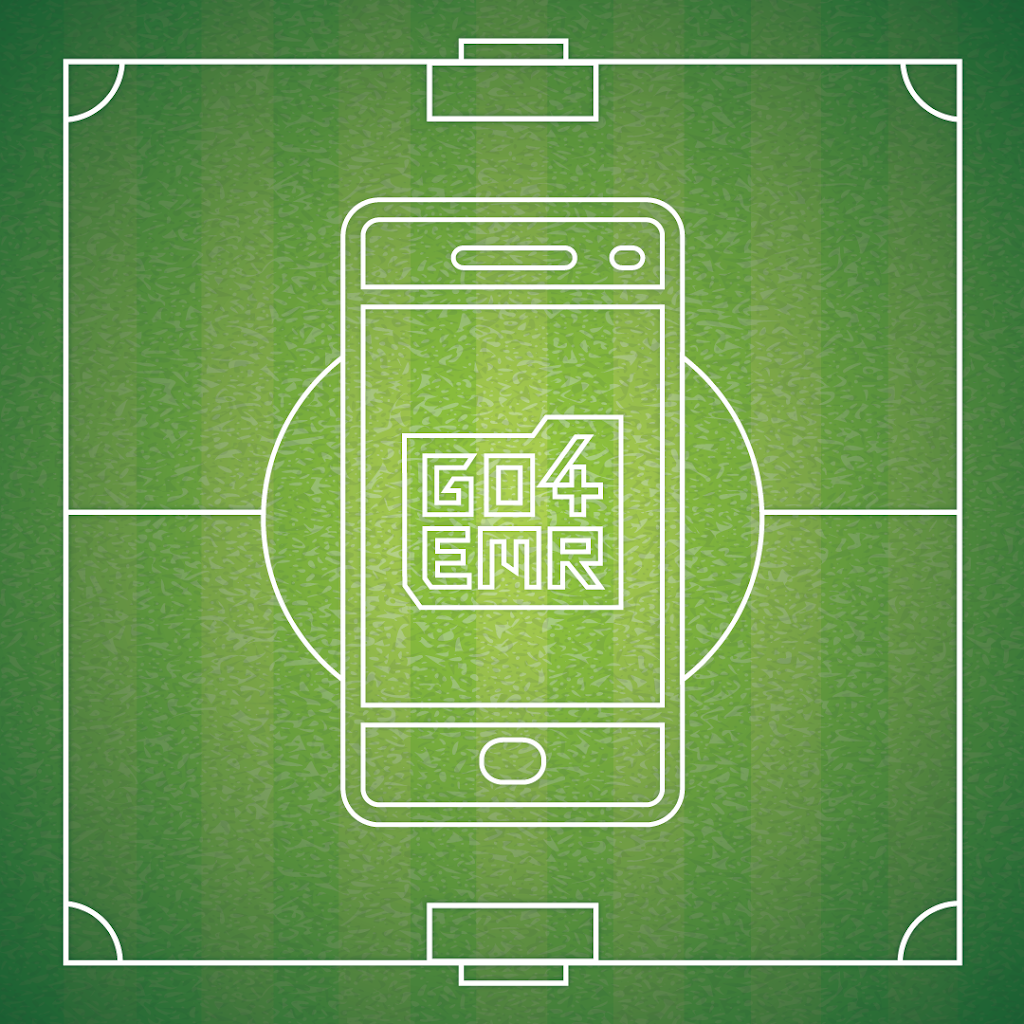The Legal Landscape of Youth Sports Safety: A Go4 Examination

In an era where scrutiny over the welfare of young athletes has intensified, the awareness surrounding liability and responsibility of sports organizers has grown. Multiple cases revealing insufficient preparedness or affirmative negligence by sports entities has underscored the life-altering injuries young participants face. But beyond the ethical duty to shield them, there’s a burgeoning legal framework that demands proactive measures from these organizations.
Seven legal principles including duty of care, foreseeability, causation, mitigation, waivers, vicarious liability, and adherence to established norms and standards set the benchmark for how operators demonstrate their legal and personal commitment to youth sports safety.
The Legal and Practical Rationale for Certified Athletic Trainers
Engaging a certified athletic trainer is rapidly transitioning from a best practice to a legal mandate in several areas. The reason? Athletic Trainers unparalleled proficiency. Now a profession that requires a master’s degree, these highly-trained professionals are adept at diagnosing and addressing sports-related injuries in real-time. In those vital moments after an injury, their expertise can pivot an outcome from prolonged recovery to rapid recuperation.
Legally, athlete’s access to an athletic trainer can serve as a primary defense against claims of negligence. Even in situations where injuries are unavoidable, an adept response from a seasoned professional can mitigate subsequent repercussions, thus reducing the organizer’s legal exposure.
Emergency Action Plans: Navigating the Unpredictable
Emergencies, by definition, are unpredictable. Yet, they aren’t beyond preparation. An Emergency Action Plan (EAP) transcends mere paperwork; it offers a coherent strategy ensuring each stakeholder’s responsibilities are clearly delineated during crises.
An EAP’s legal dividends are significant. It serves as a testament to an organizer’s proactive approach to latent risks. Following a robust EAP can counter allegations of negligence. If an emergency or injury is managed in accordance with a well-thought-out EAP, claims of organizer laxity become harder to substantiate.
The Role of Documentation in Legal and Medical Contexts
The aftermath of injuries demands as much attention as the initial response. Diligent documentation, even for seemingly inconsequential injuries, is dual-purposed. Medically, it ensures seamless care continuity. Legally, it’s a linchpin. Comprehensive records can corroborate an organizer’s timely and appropriate response. In legal proceedings, such evidence can demarcate between perceived negligence and demonstrated prudence.
Additionally, systematic documentation might unveil recurrent patterns, suggesting larger systemic issues like deficient equipment or a risky field, court or venue.
Final Thoughts
For youth-sport operators, the legal obligations may appear formidable. Yet, by anchoring strategies on engaging athletic trainers, crafting an EAP, and meticulously recording injuries, they not only support the well-being of their participants but also reinforce their legal position.
Need an athletic trainer? Go4 is a nationwide app/platform that connects teams and organizations with per diem athletic trainers for games, practices, camps, clinics and tournaments. For more information, or to find and hire an athletic trainer, visit go4.io
Are you an athletic trainer who works per diem? Create your free Go4 account for the access to the highest paying gigs near you. Sign Up, pick a shift that meets your schedule and rate preferences, work and get paid via direct deposit. It’s that simple.
"*" indicates required fields
Are you an Athletic Trainer?
Join us!
From per diem shifts to full-time opportunities, AT resources, PLI, a free EMR and more, Go4 is the essential AT app. Sign up now!
"*" indicates required fields
Other articles you might like

What’s the deal with Standing Orders?
How do I get standing orders as an athletic trainer? Q: What are standing orders? A: Standing orders, aka medical protocols, establish the scope of practice for an athletic trainer. Under the direction of a physician, they are an overview of the specific skills that the AT is legally able…

AT Spotlight: Thomas Obergefell, Athletic Training from the Dugout
Name: Thomas Obergefell, MS, ATC, LAT Nickname: T.J. Alma…

Middle School / High School / College / Any School EMR – The Importance of Documentation
Go4’s in-app Electronic Medical Record We all know the reasons why it’s important to thoroughly document, but incase you forgot, here they are:…